




Introduction to Data
Data can be characterised as a representation of realities, facts, ideas, or guidelines in a formalised way, which ought to be reasonable for correspondence, translation, or handling by human or electronic machines.
Information is coordinated or grouped data, which has a few significant qualities for the beneficiary. Information is the handled data on which choices and activities are based. Information is addressed with the assistance of characters like letter sets (A-Z, a-z), digits (0-9) or special characters (+, -, /, *, <,>, = and so forth.)
For the choice to be significant, the handled data should meet all requirements -
Timely - Information ought to be accessible when required.
Exactness - Information ought to be precise.
Fulfillment - Data ought to be finished.
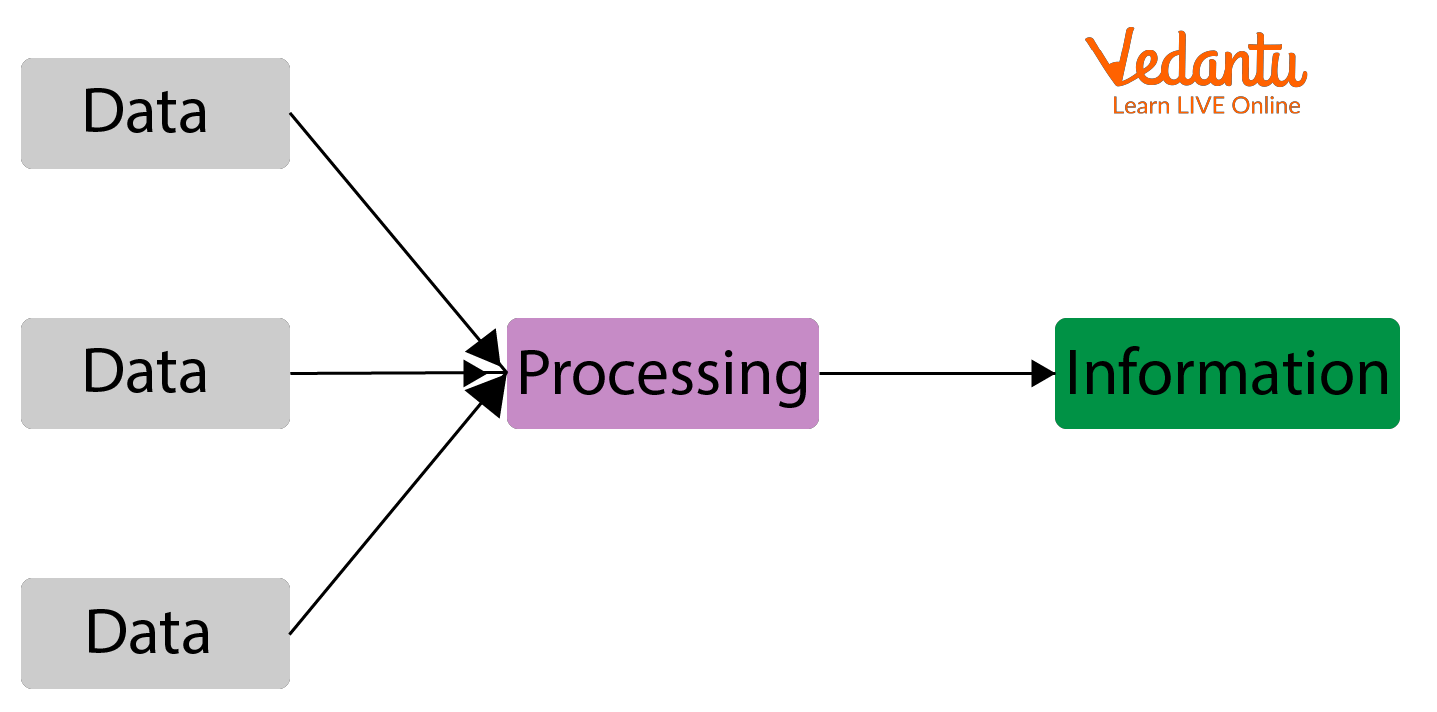
Data and Information
Describe Types of Data
There are three kinds of data which are:
Alphabetic data
Numeric data
Alphanumeric data
1. Alphabetic Data
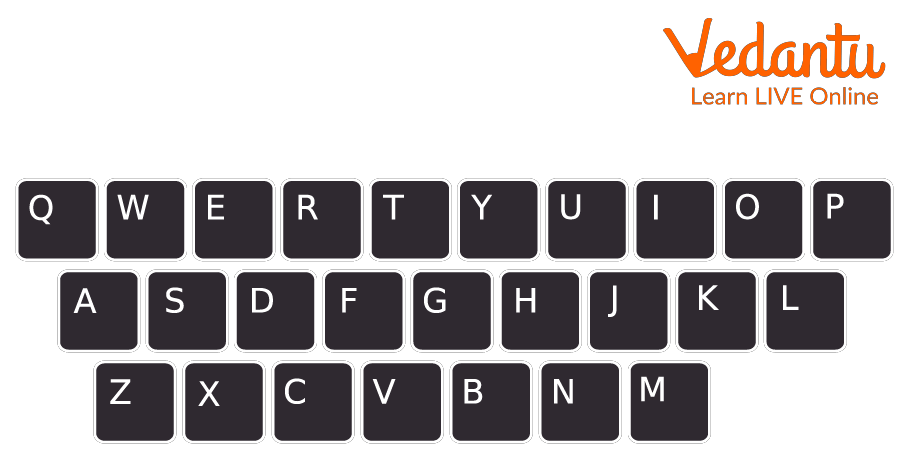
Alphabetic Keys
There are 26 letters in order in the English language. These 26 letter sets are utilised to present alphabetic data.
2. Numeric Data
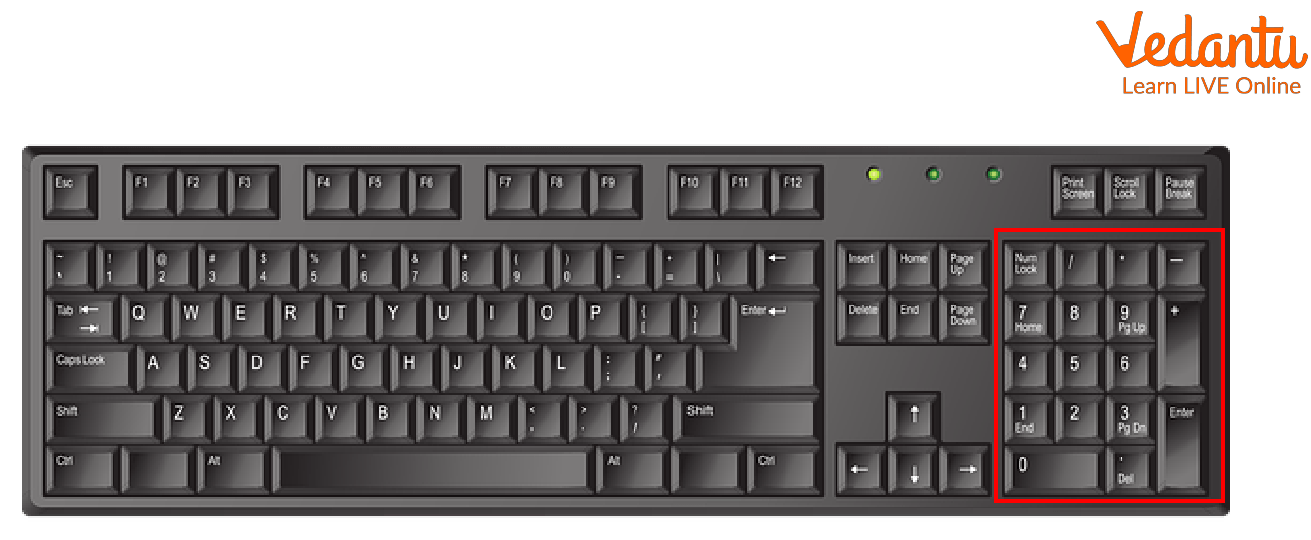
Numeric Keys
Numeric data contains ten digits 0, 1, 2, 3, 4, 5, 6, 7, 8, 9, and decimal points, called the base ten number framework. This large number of three kinds of data is changed over in machine language as double pieces or 0s and 1's in the PC.
3. Alphanumeric Data
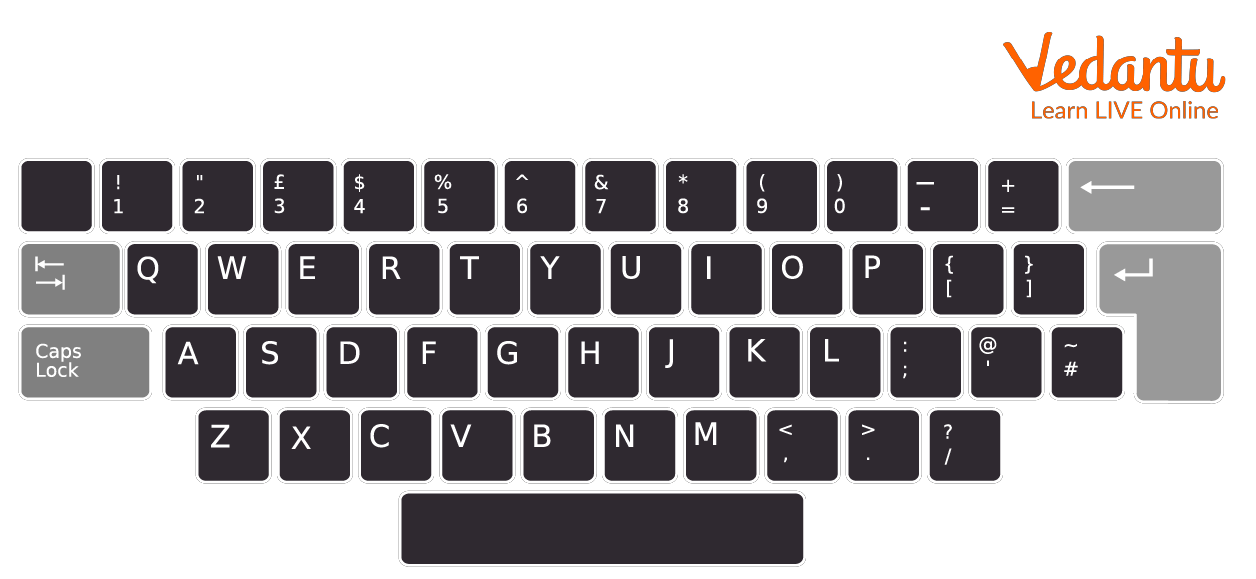
Alphanumeric Keys
Alphanumeric data is utilised to address the alphabetic data, numeric data, special characters, 'for example, /\ *, @) and symbols.
Data Processing Cycle
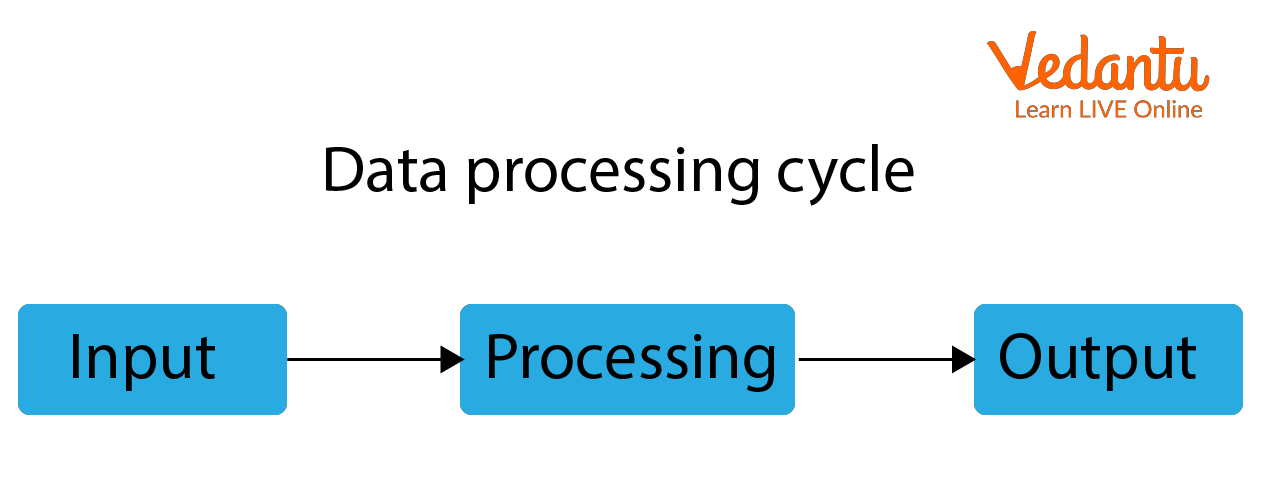
Data Processing Cycle
Data Processing is the re-organizing or re-requesting of information by individuals or machines to expand their helpfulness and add value for a specific reason. Data Processing comprises the accompanying essential advances - input, Process, and Output. These three stages comprise the Data Processing cycle.
1. Input
In this step, the information is ready in some helpful structure for handling. The structure will rely upon the handling machine. For instance, when electronic PCs are utilised, the information can be recorded on any of the few kinds of info mediums, like attractive circles, tapes, etc.
2. Process
In this step, the information is changed to deliver information in a more helpful structure. For instance, pay checks can be determined from the time cards, or an outline of deals for the month can be determined from the sales orders.
3. Output
At this stage, the aftereffect of the procedure handling step is gathered. The specific type of the result information relies upon the utilisation of the information. For instance, yield information might be paychecks for workers.
Points to Remember
Unorganised facts are called data.
When data is processed meaningfully, it is referred to as information.
There are three types of data - alphabetic, alphanumeric and numeric data.
The processing of data is called a Data Processing Cycle.
Learning by Doing
Q. Choose the correct answer:
1. What kind of data is this?
01825-854412
Number
Text
Alphanumeric
Raw
2. What exactly is information?
Data is created when information is processed.
Without data, information cannot exist.
Sample Questions
1. Choose the correct statement
Data is unorganised
It needs to refine
It has three types
All of the above
Ans: D)
2. List various features of information?
Ans:
Timely
Exactness
Fulfillment
3. What is the difference between data and information?
Ans: Generally, the expressions "information" and "data" are utilised conversely. Notwithstanding, there is an inconspicuous contrast between the two.
Basically, data can be a number, characters, words, codes, charts, and so on. Then again, information will be data placed into settings. Information is used by people in some huge manner, (for example, to simply decide, gauge and so on).
An essential illustration of information would be a PC. A PC utilises programming contents, recipes, or applications to transform data into information.
Summary
In computing, data is a collection of numbers, letters, punctuation marks, etc. When data is given to a computer, it analyses the data to determine what types of operations should be performed. The information is displayed after the processing part of the computer has completed the required operation.
FAQs on What are Data and Information?
1. Which is more useful, data or information?
Data is regarded as less reliable than information. It enables the researcher to conduct an accurate analysis. The data gathered by the researcher may or may not be useful. Information is useful and valuable because it is easily accessible to the researcher.
2. What is a database?
In computing, a database is a coordinated assortment of information stored and accessed electronically. Little data sets can be stored on a document framework, while huge data sets are facilitated on PC groups or cloud storage.
3. What is MS Access?
MS Access is a software app offered by Microsoft which is used for maintaining databases. It is a component of the MS office suite and stores data in its own prescribed format.



































